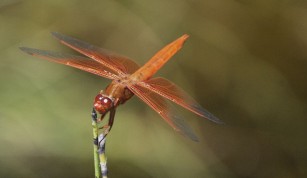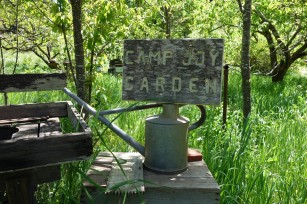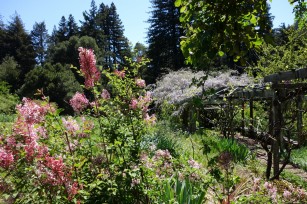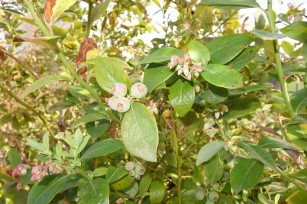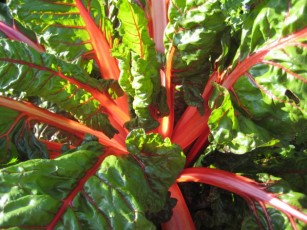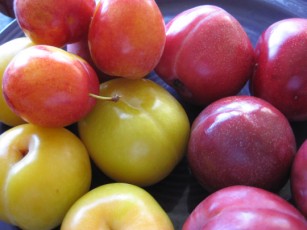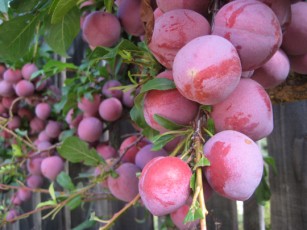 A few Sundays ago I spent the afternoon at AT&T Park watching the Giants play baseball. It was kids day. Hundreds of Boy Scouts were attending the game in uniform. Kids were everywhere eating peanuts and wearing the orange and black team colors. Some were sitting with their grandparents, some very, very young fans in their parents arms being smeared with sun screen. It was a beautiful day on the San Francisco Bay. Unfortunately, the team didn't get the memo that we were supposed to get another win against the Diamondbacks. Oh well, there's always next year.
A few Sundays ago I spent the afternoon at AT&T Park watching the Giants play baseball. It was kids day. Hundreds of Boy Scouts were attending the game in uniform. Kids were everywhere eating peanuts and wearing the orange and black team colors. Some were sitting with their grandparents, some very, very young fans in their parents arms being smeared with sun screen. It was a beautiful day on the San Francisco Bay. Unfortunately, the team didn't get the memo that we were supposed to get another win against the Diamondbacks. Oh well, there's always next year.
A friend forwarded an article he saw in the SF Chronicle by Janny Hu recently about the Giants plan to create an organic garden behind the center field wall. The Giants Garden would be created between the left and right field bleachers in an area that is now concrete and an adjacent area where replacement sod is grown.
Plans for the edible garden include hydroponic troughs, concrete planters and living green walls which would supply produce for some of the parks' concessions, serve as an open air dining area and a community classroom during the offseason. If you're hankering for a nice kale and strawberry salad next season while you watch the game you're in luck. The Giants hope to have the garden ready for Opening Day 2014.
If the Giants can do it, you can, too. We all want the area around our homes to be beautiful, welcoming, productive, useful. In designing landscapes for people I strive to integrate vegetables, herbs and fruit trees with flowering shrubs and perennials to feed the family while attracting hummingbirds and other wildlife. Not everybody has room for a separate vegetable garden and companion planting is a good way to avoid problems with pests and diseases.
Plants when attacked by pests, exude chemicals and hormones that actually attract nearby beneficial insects. Perennials like agastache, coneflower, coreopsis, scabiosa and yarrow are rich in nectar and pollen and irresistible to beneficials. Many herbs also attract beneficials. Cilantro in bloom is one of the top insectary plants. Caraway, chervil, dill, fennel, lovage and parsley flowers also attract beneficials and are easy to grow among your other plants. Allow your salad and cabbage crops to bloom. Arugula and brassica flowers are much appreciated by beneficials.
Plants like lettuces, spinach and swiss chard look great in the flower bed and flowers make great companions in the vegetable garden. Dahlias repel nematodes. Geraniums repel cabbage worms, corn ear worms and leaf hoppers. Plant them by grapes, roses, corn and cabbage. Marigolds discourage beetles, whiteflies and nematodes. They act as trap plants for spider mites and slugs. A word of caution, don't plant them by cabbage or beans. Nasturtiums act as a barrier trap around tomatoes, radishes, cabbage and fruit trees. They deter whiteflies, and squash bugs and are a good trap crop for black aphids.
Herbs that help deter pests. Catnip/catmint repels mice, flea beetles, aphids, squash bugs, ants and weevils. Chamomile improves the flavor of cabbage, onions and cucumbers. It also accumulates calcium, sulphur and potassium, returning them later to the soil. As a host for hoverflies and good wasps it increases productions of essential oils in herbs. Summer savory repels bean leaf beetles and improves the flavor of beans. All beans enrich the soil by fixing nitrogen. They are good for planting with all of your vegetables except onions, garlic and leeks.
Dwarf fruit trees can also find a place in the smaller garden. They can be grown in large pots or half barrels on the deck, too. Dwarf Garden Delicious apple is self-fertile and bears at a young age. Compact Stella cherry is also self fertile and is a good pollinizer for all sweet cherries.
If it's almonds you crave, plant a Dwarf Garden Prince almond. This compact 10-12 ft tree blooms mid-season with beautiful pale pink blossoms. Dense attractive foliage and good quality sweet almonds make this tree a nice addition to any garden. A patio-sized peach for smaller yards is the Dwarf Southern Flame. Large, yellow, aromatic freestone peaches are firm, crisp and melt in your mouth. Tree height is just 5 ft and the fruit ripens early to mid July.
Planting flowers and edibles together makes sense and good use of your garden space.

